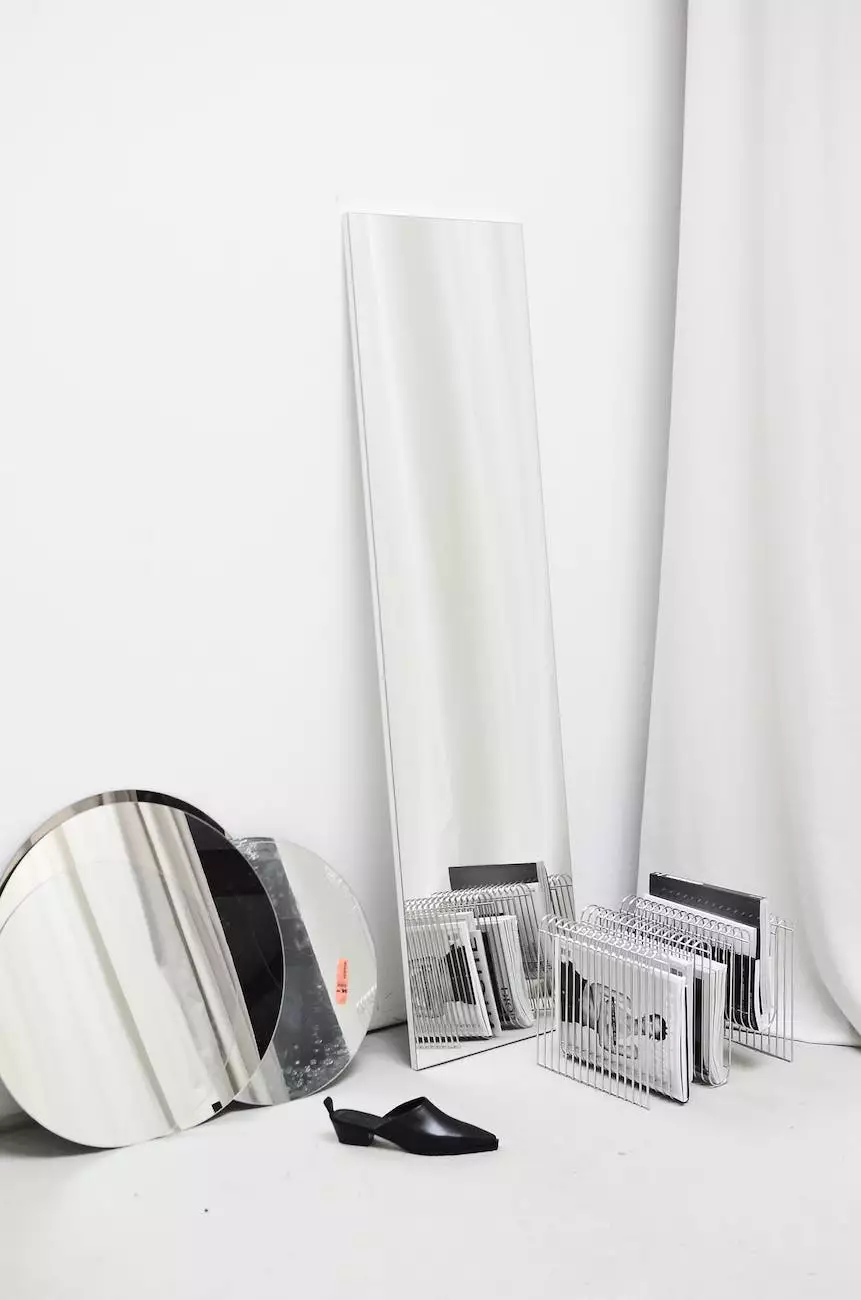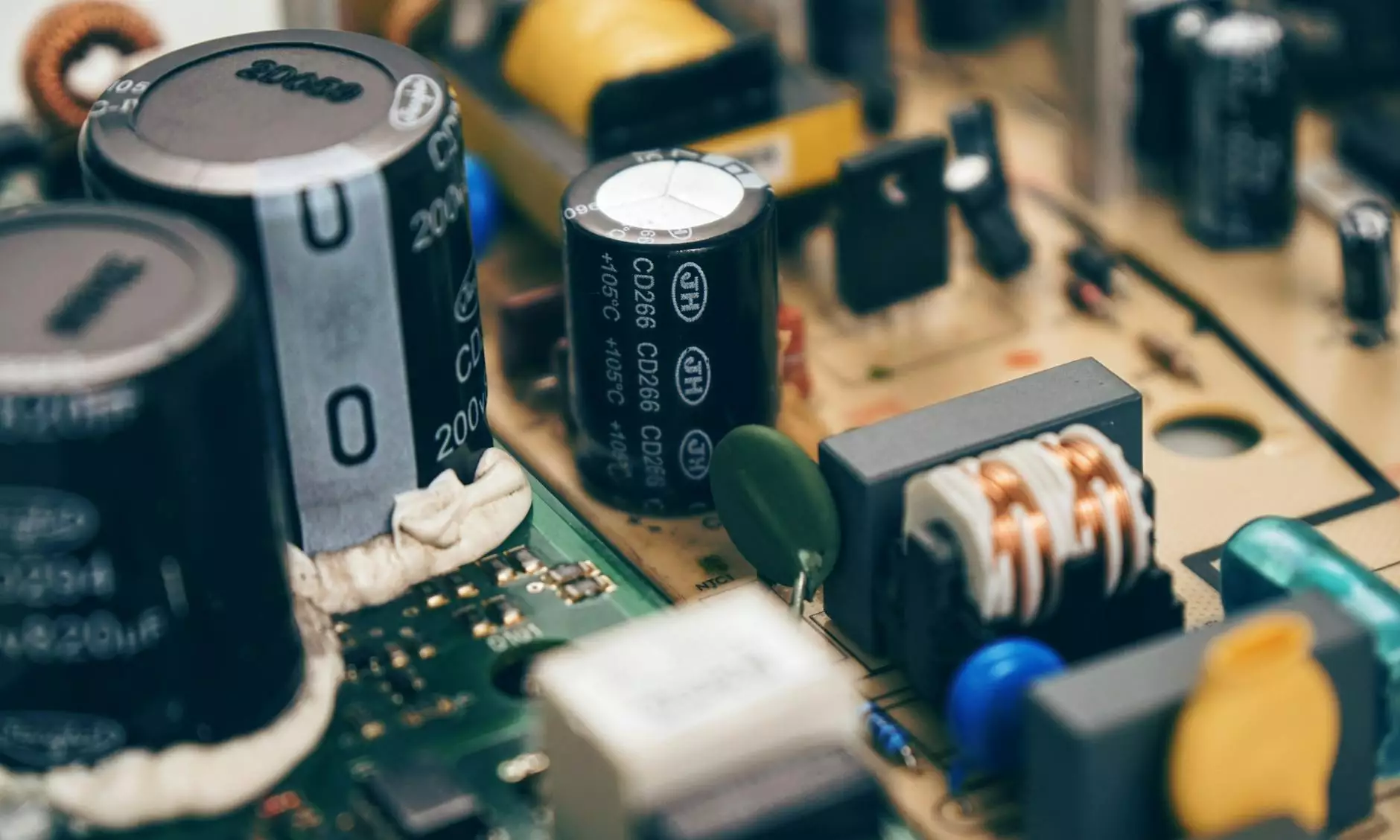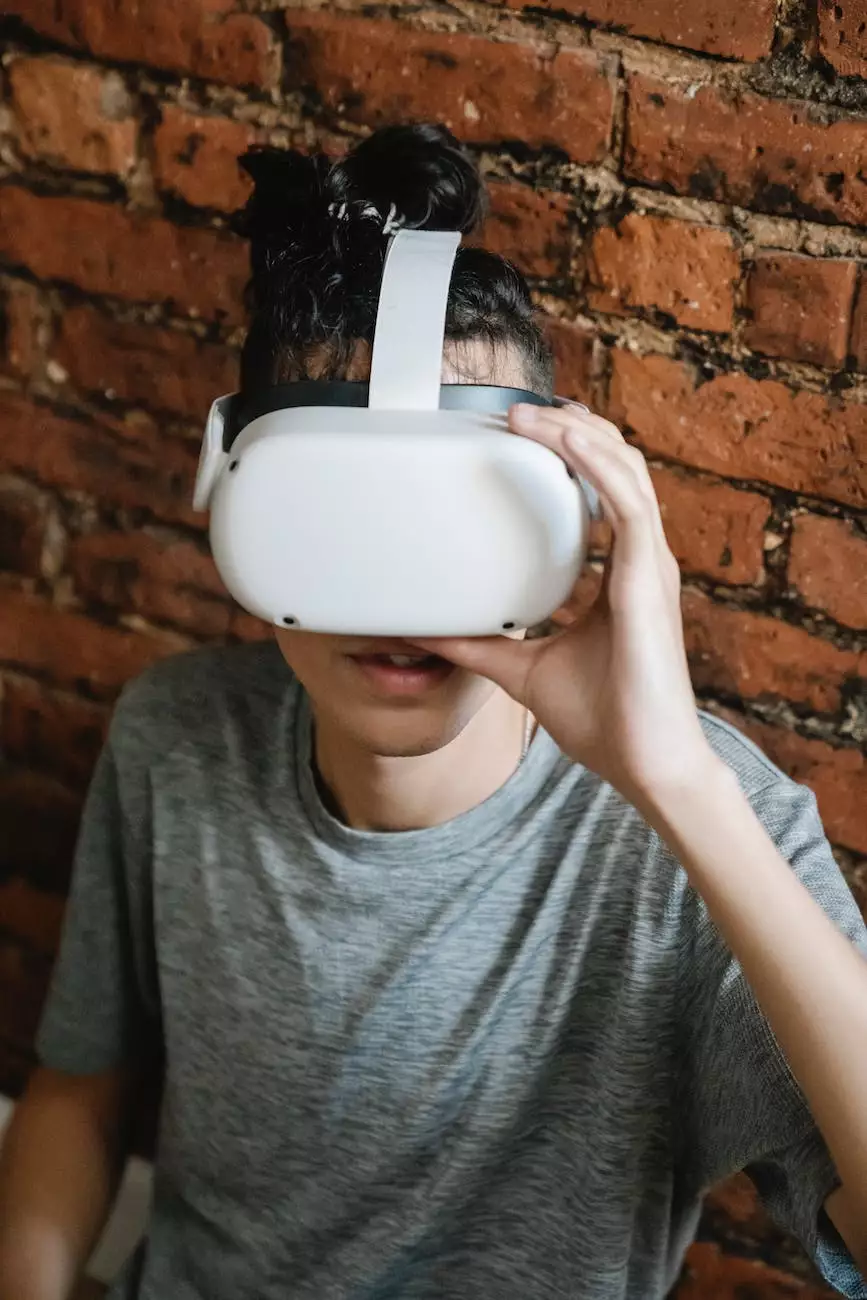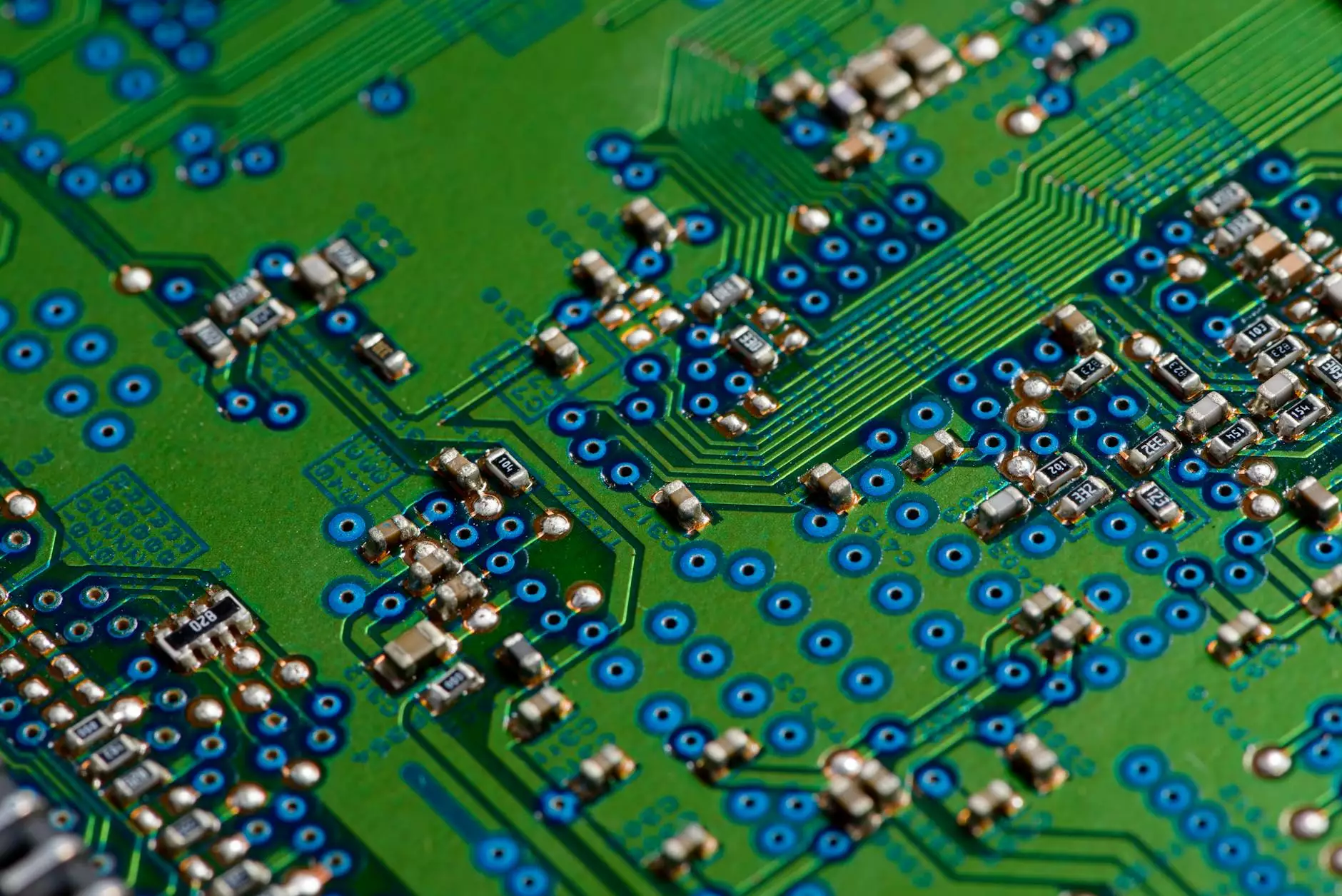Differences Between Material Design And Flat Design
Blog
Introduction
Welcome to the comprehensive guide on the Differences Between Material Design and Flat Design. In this article, Newark SEO Experts will provide you with valuable insights into these two popular design styles within the digital marketing industry. Whether you are a business owner, a web designer, or simply interested in the latest design trends, understanding the distinctions between Material Design and Flat Design is key to creating an outstanding website that appeals to your target audience.
Material Design: Modern and Dynamic
Material Design is a design language developed by Google in 2014. It focuses on creating a modern and dynamic user interface that seamlessly blends with the user's environment. Material Design utilizes depth, shadows, grid-based layouts, and vibrant colors to provide a sense of realism and interactivity. By incorporating visual and motion-based effects, Material Design aims to provide a consistent user experience across various devices and platforms.
One of the notable features of Material Design is the concept of "material." This refers to the visual cues that users are familiar with, such as paper, ink, and tactile elements. The use of materials helps users understand the hierarchy and interaction of different elements on a webpage, ultimately improving usability and navigation.
Flat Design: Minimalistic and Clean
Flat Design, on the other hand, advocates for simplicity and minimalism. Unlike Material Design, Flat Design eliminates the use of three-dimensional effects, shadows, and gradients. Instead, it focuses on crisp lines, bold colors, and clean typography. This design style originated in Microsoft's Windows 8 interface and quickly gained popularity due to its sleek and modern aesthetic.
Flat Design emphasizes visual clarity, making it easier for users to process information quickly. By reducing visual distractions and unnecessary embellishments, Flat Design fosters a clean and intuitive user interface. This design style is often associated with a more minimalist approach, emphasizing usability and the efficient display of content.
Key Differences
1. Visual Depth and Realism
Material Design prioritizes visual depth and realism by incorporating shadows, gradients, and layers. This approach aims to mimic the physical world, providing users with a more tactile and realistic experience. In contrast, Flat Design opts for a flatter, two-dimensional appearance, rejecting the use of shadows and gradients.
2. User Interaction and Motion
Material Design places a strong emphasis on motion and user interaction. It utilizes animated transitions and responsive feedback to guide users through the interface and highlight the functionality of different elements. Flat Design, however, tends to have more static elements and limited motion effects. Each style impacts user engagement and perception differently.
3. Color Palette
The choice of colors plays a significant role in distinguishing between Material Design and Flat Design. Material Design utilizes vibrant and bold colors, often based on Google's color palette, to create an engaging and visually striking UI. In contrast, Flat Design uses a more restrained color palette, focusing on simpler hues and minimalistic color schemes.
4. Skeuomorphism vs. Minimalism
Material Design incorporates certain skeuomorphic elements, such as drop shadows or virtual ripples, to simulate real-world interactions. This approach creates a sense of familiarity and helps users understand the functionality of different elements. Flat Design, on the other hand, embraces minimalism, stripping away unnecessary elements and reducing visual distractions.
Choosing the Right Design Style for Your Website
When deciding between Material Design and Flat Design for your website, it is essential to consider your target audience, brand identity, and overall website goals. Understanding the differences between these two design styles allows you to make an informed decision that aligns with your specific requirements.
If you aim to create a vibrant and modern user interface, Material Design might be the more suitable choice. This design style excels in applications that require a high level of interactivity, such as e-commerce platforms or online tools.
Alternatively, if you prefer a clean and minimalistic interface that enhances focus on your content, Flat Design is an excellent option. Flat Design works well for websites that prioritize simplicity and efficient information delivery, such as blogs, portfolios, or corporate websites.
Conclusion
In conclusion, Material Design and Flat Design are two distinct design styles, each with its own merits and characteristics. Whether you opt for the visually dynamic Material Design or the minimalist appeal of Flat Design, it is crucial to align your choice with your brand, target audience, and website objectives.
At Newark SEO Experts, we are experienced in creating stunning websites that leverage both Material Design and Flat Design principles to enhance user experiences and drive engagement. Contact us today to discuss how we can assist you in implementing the ideal design style for your website.




